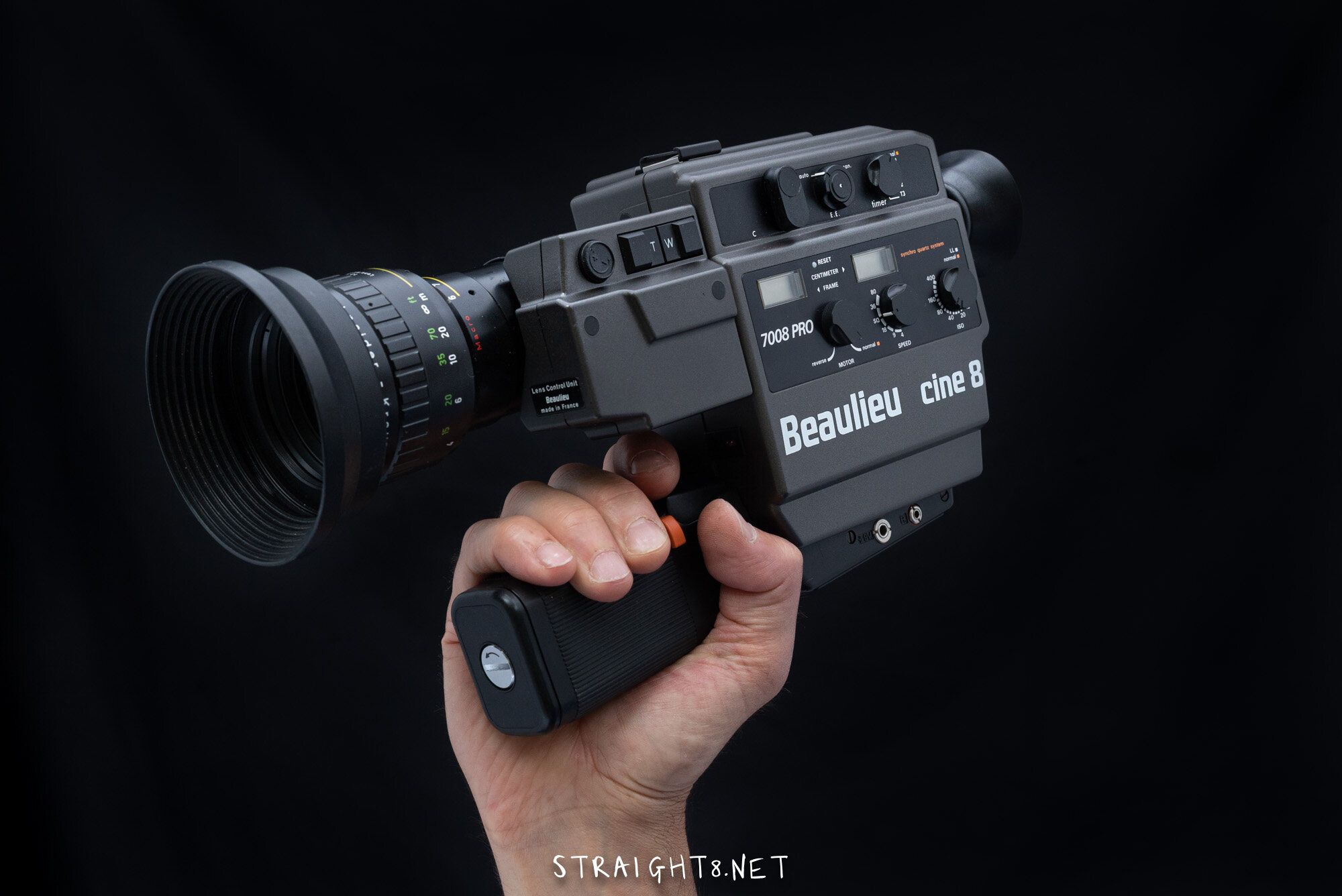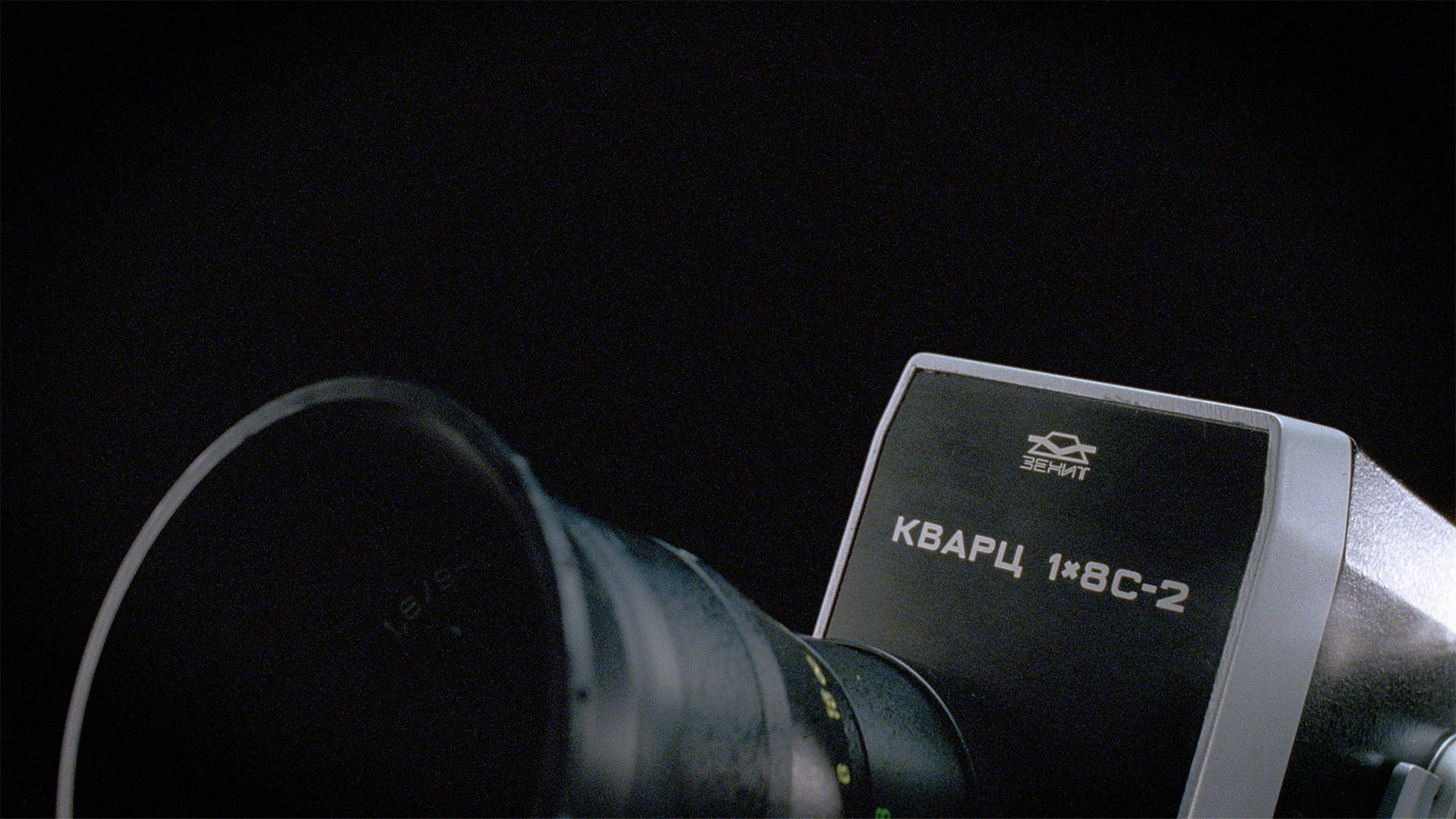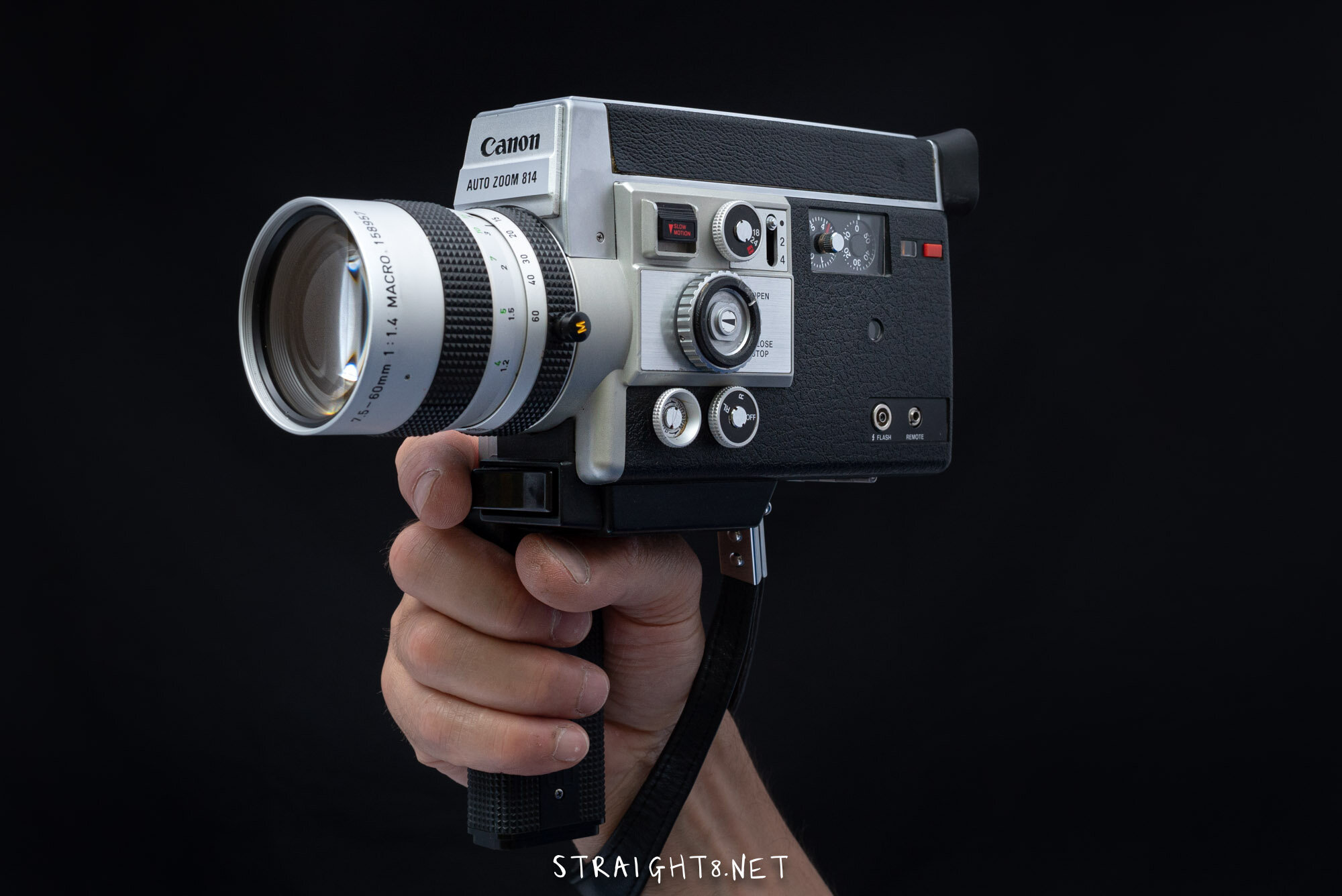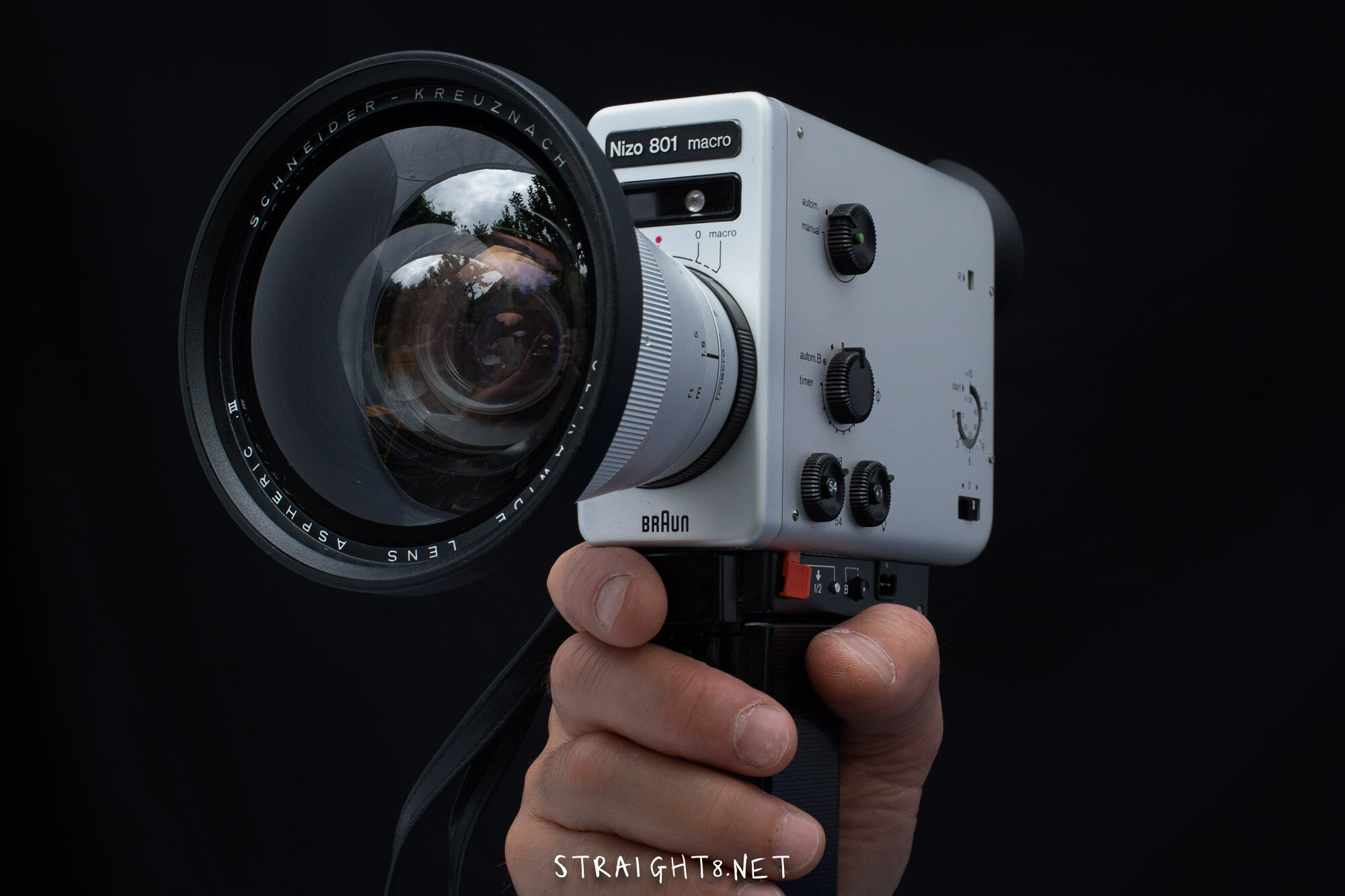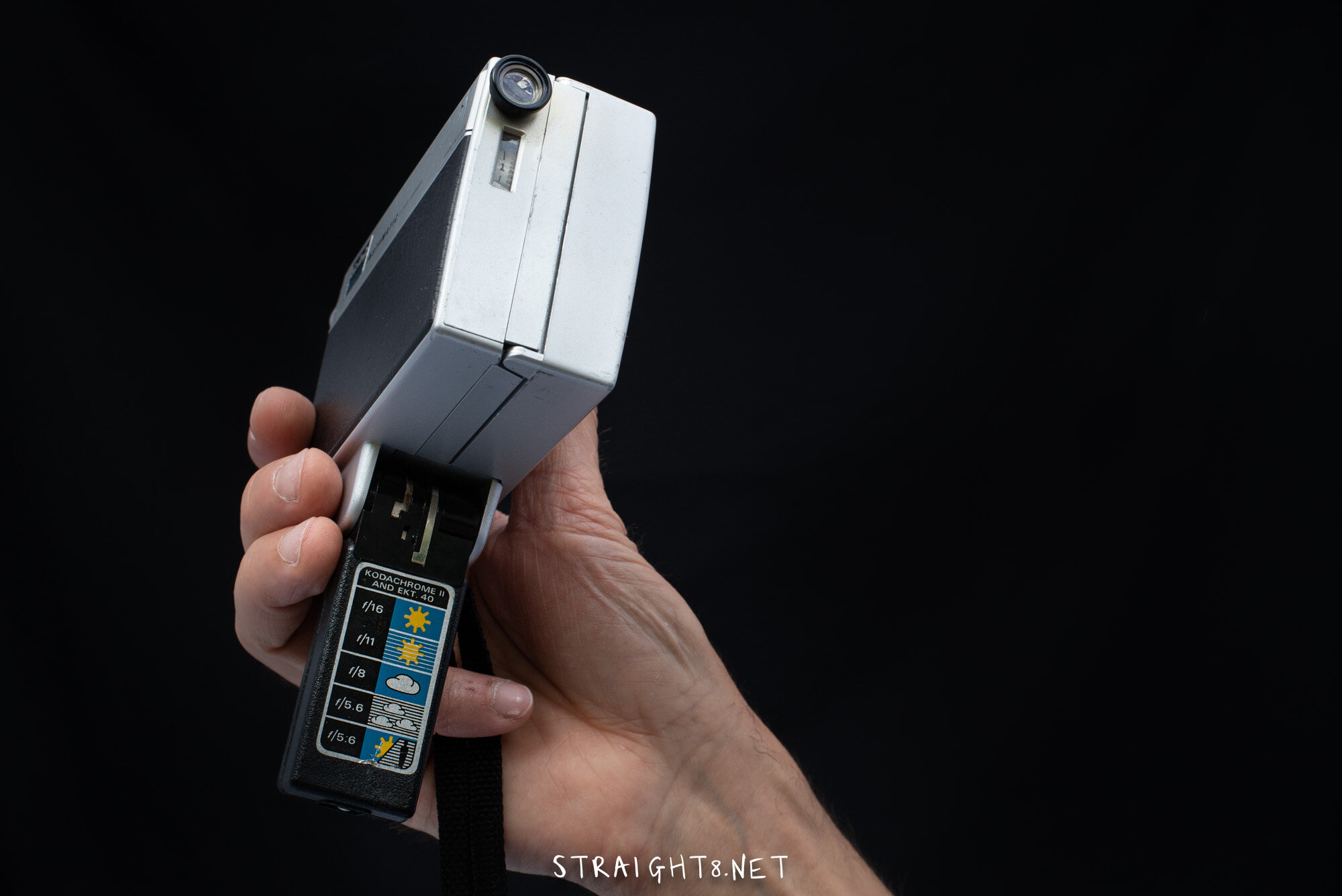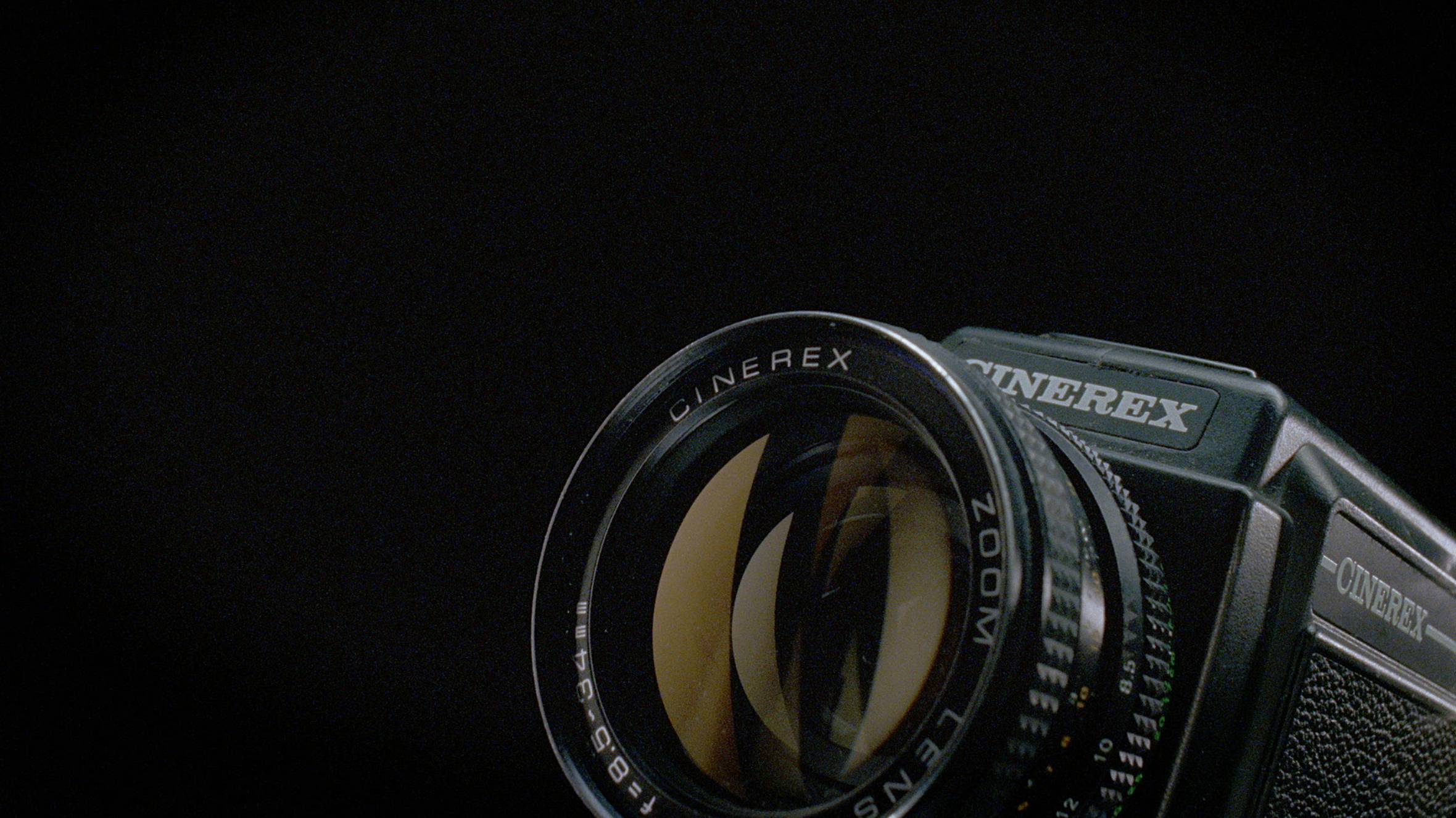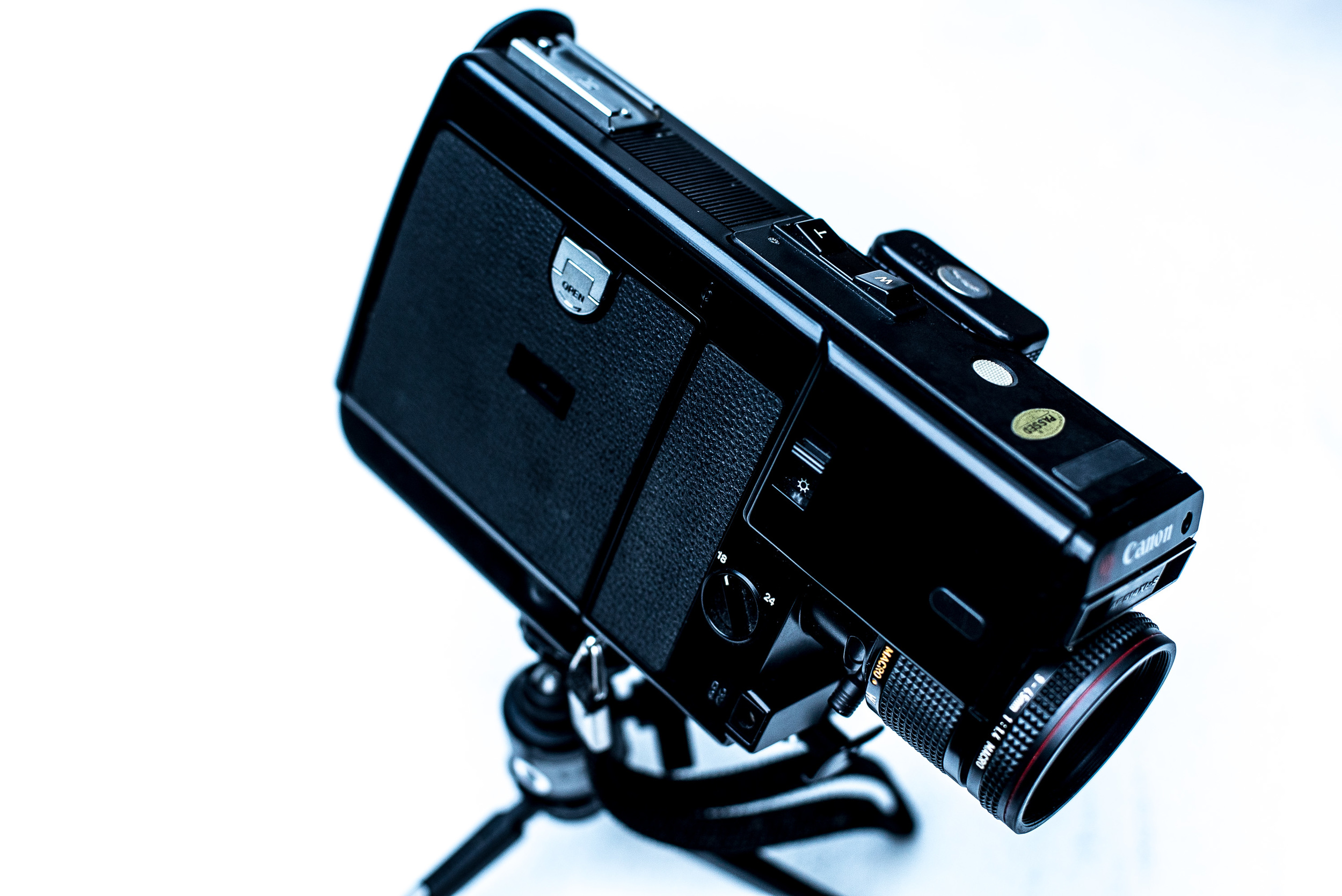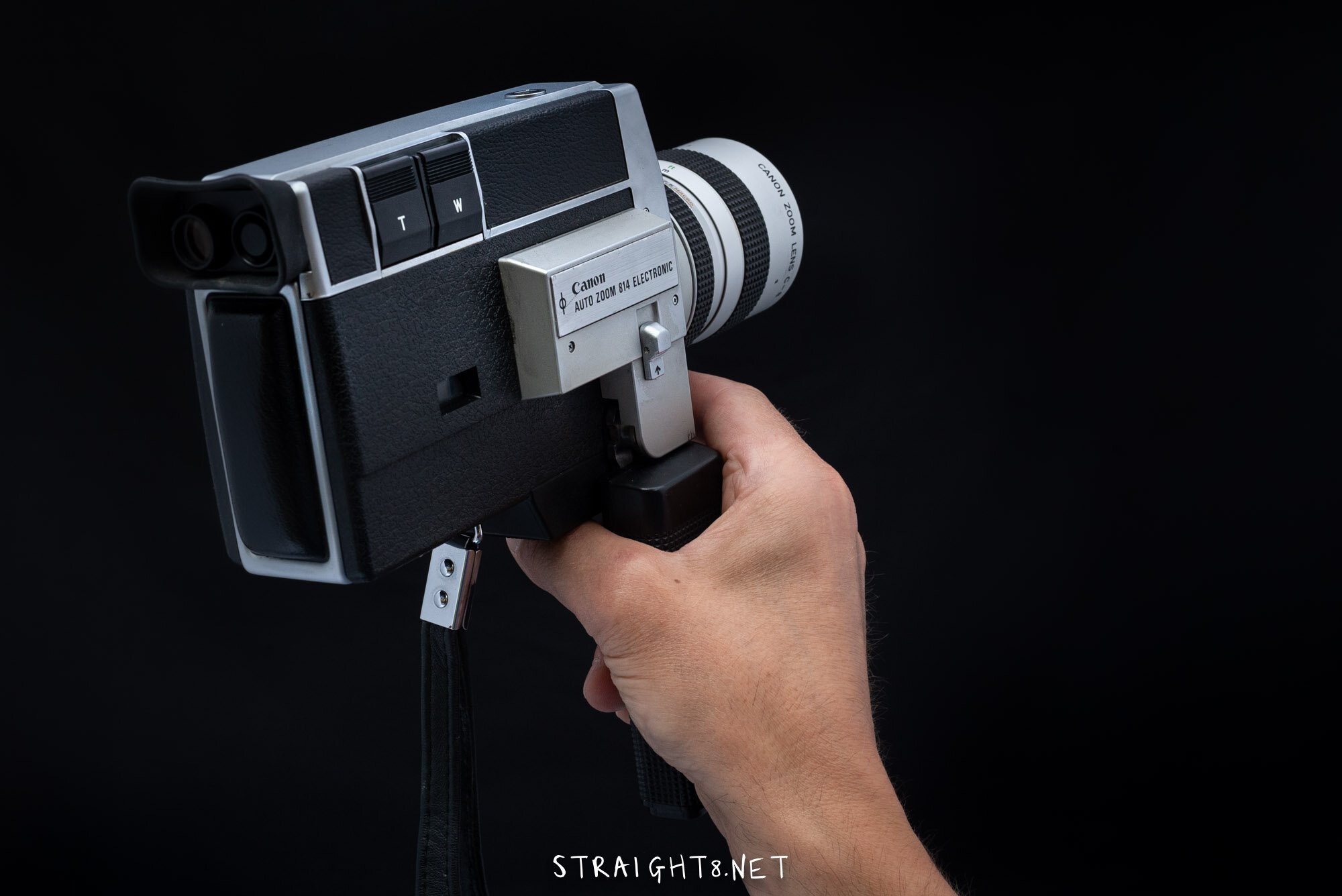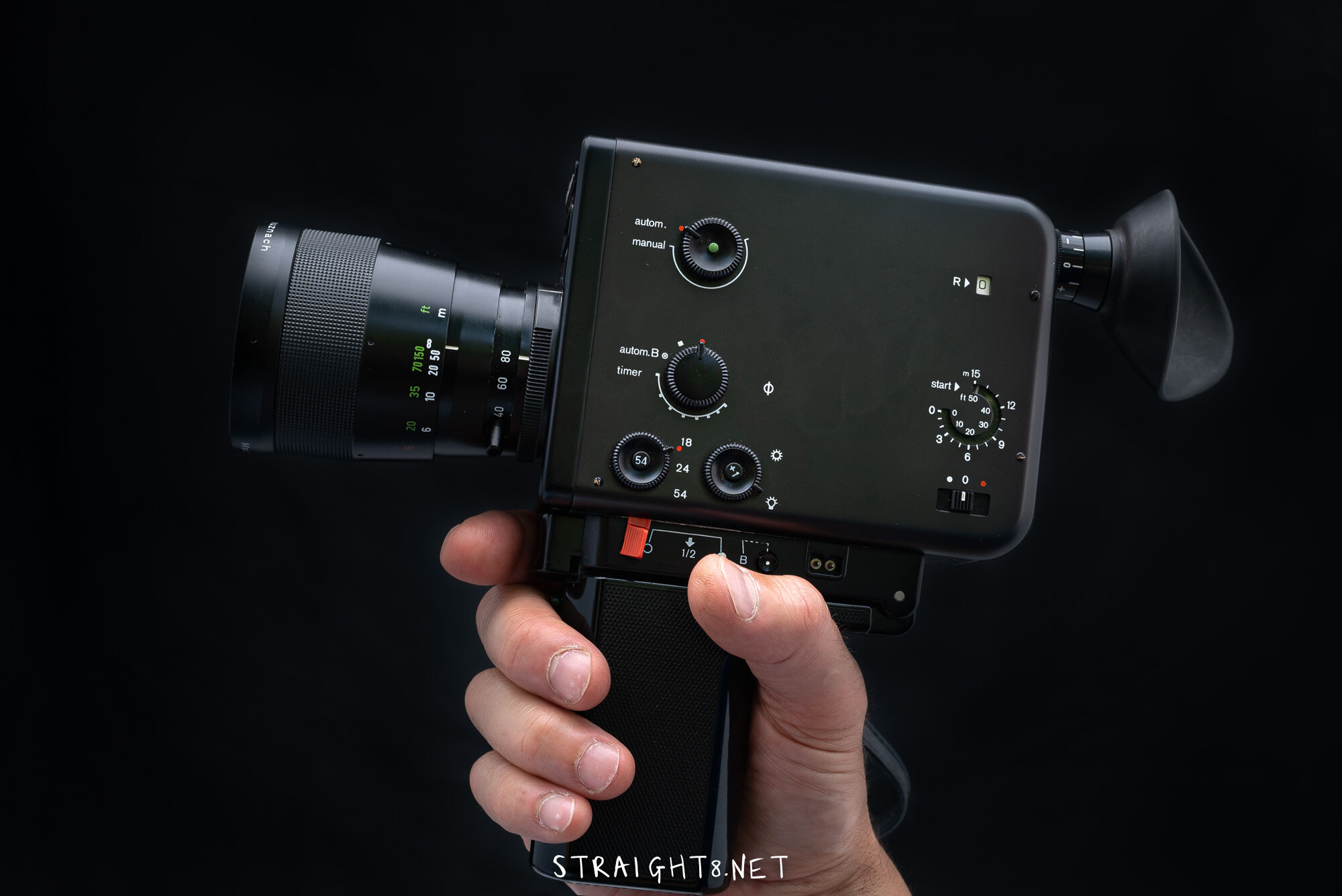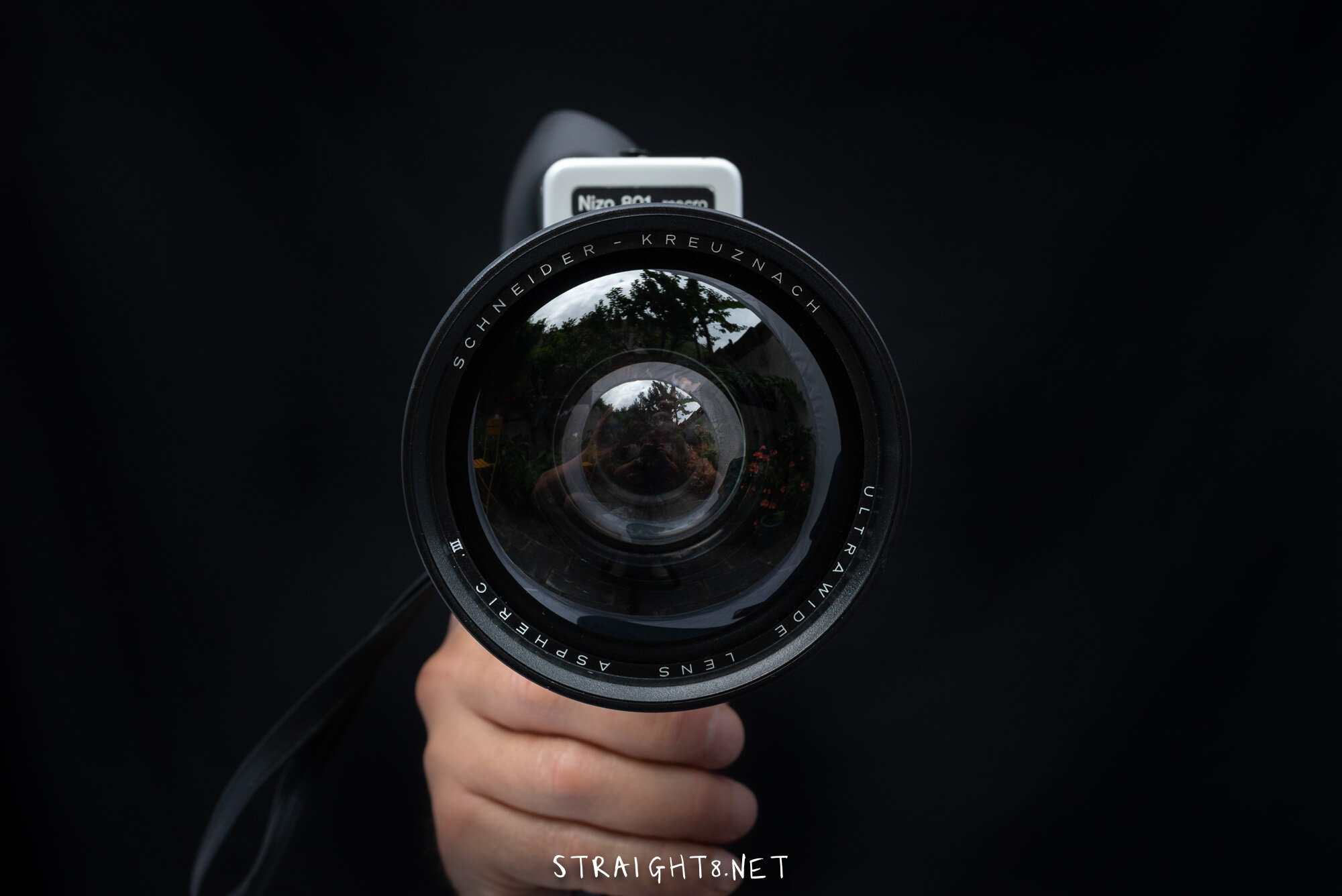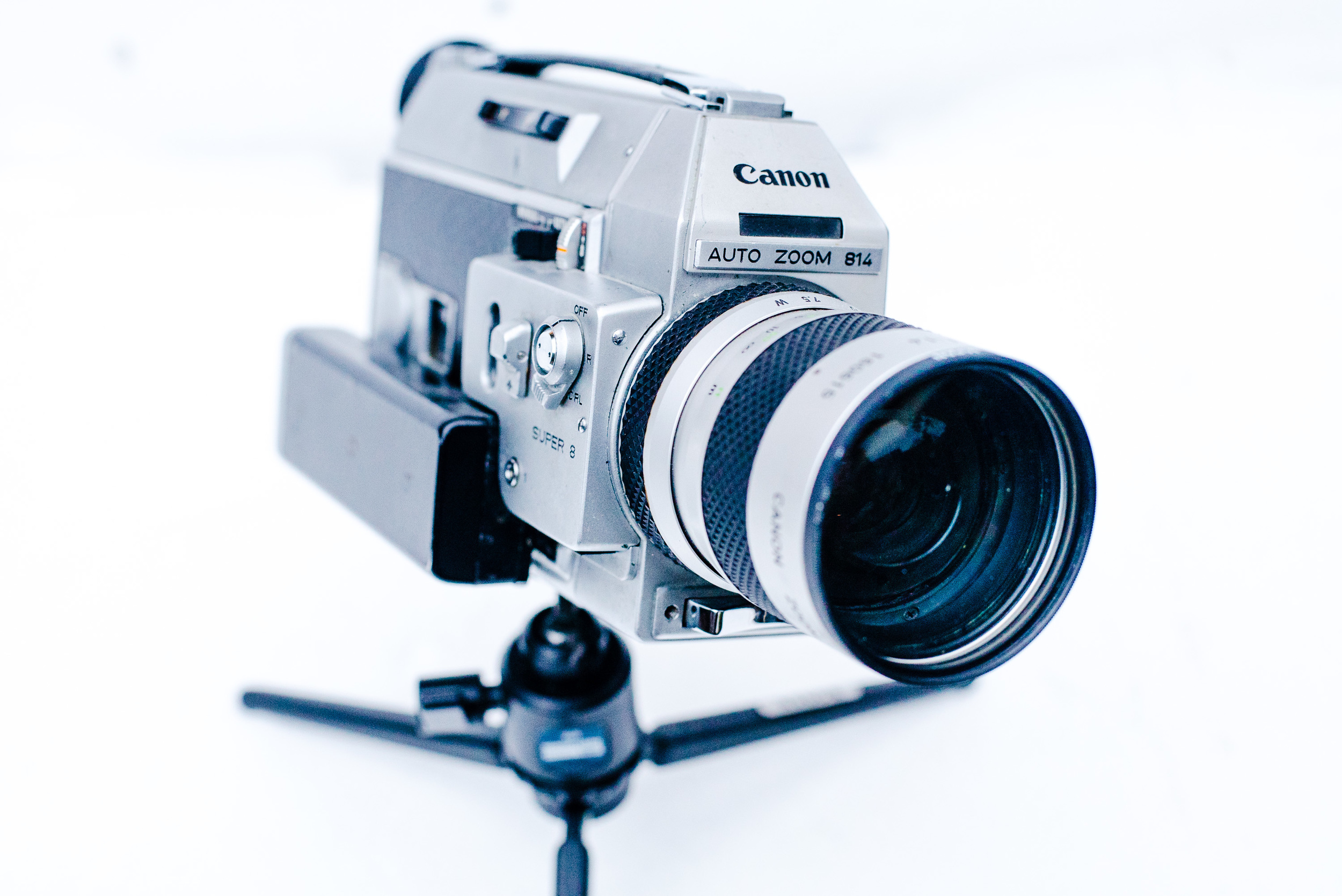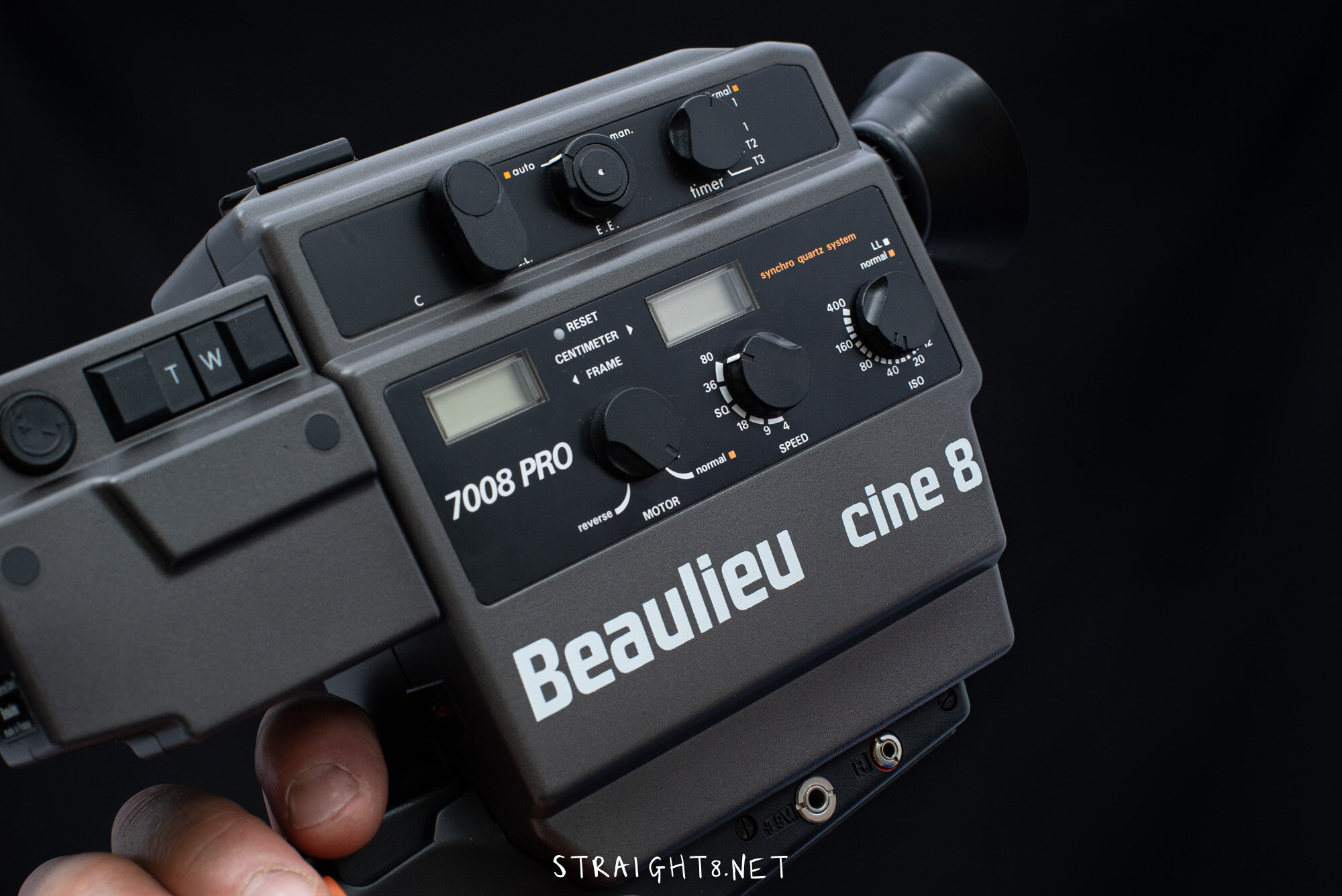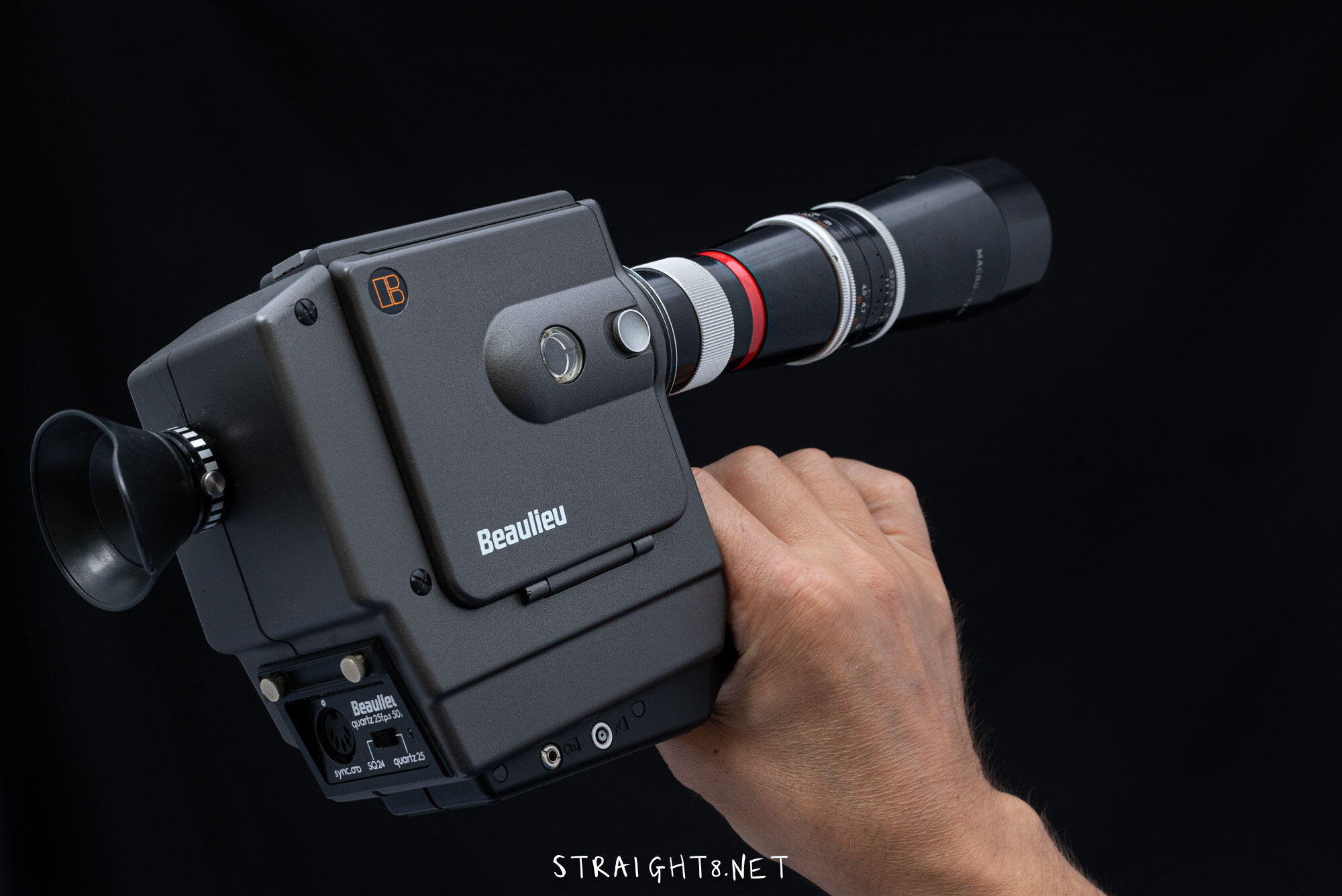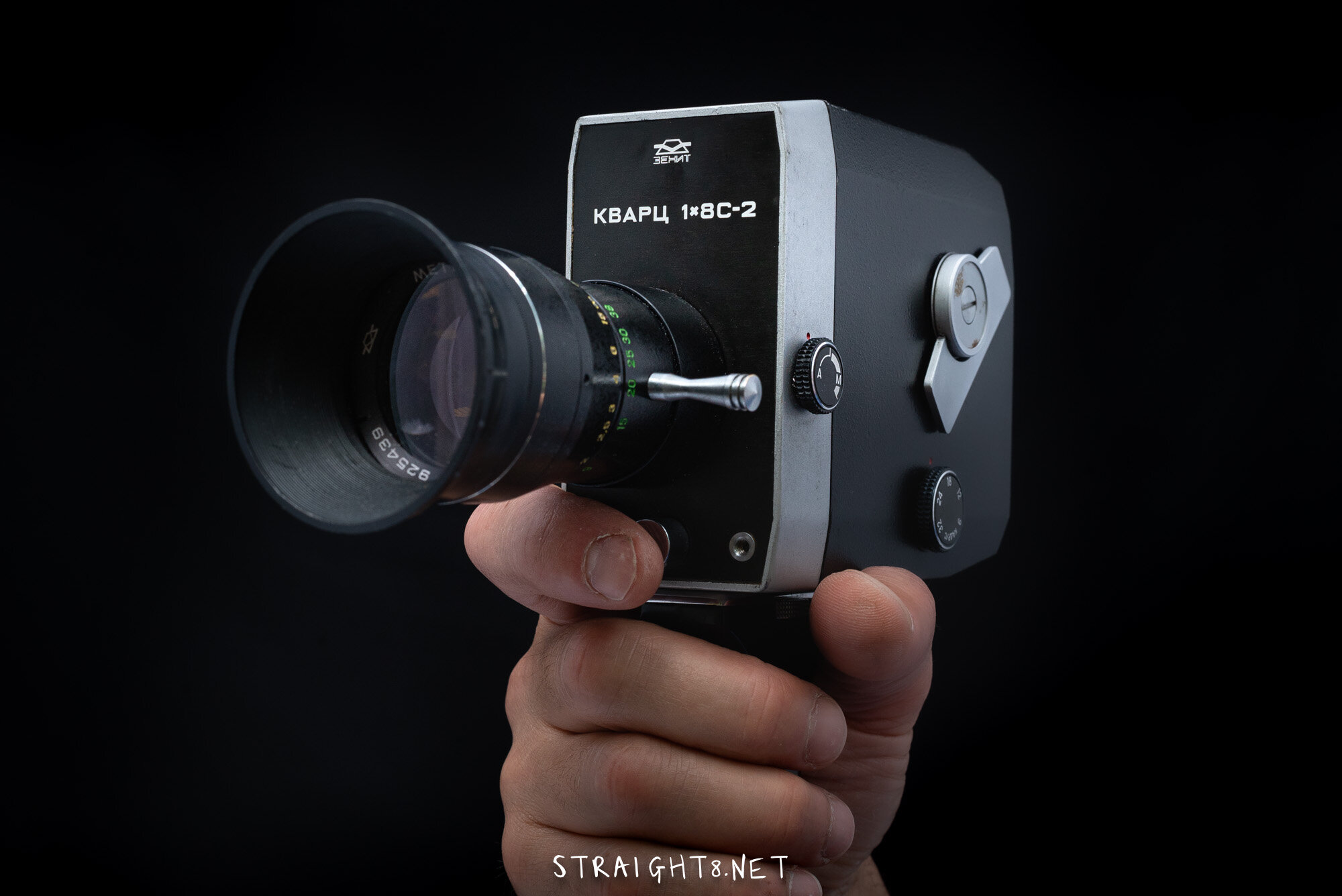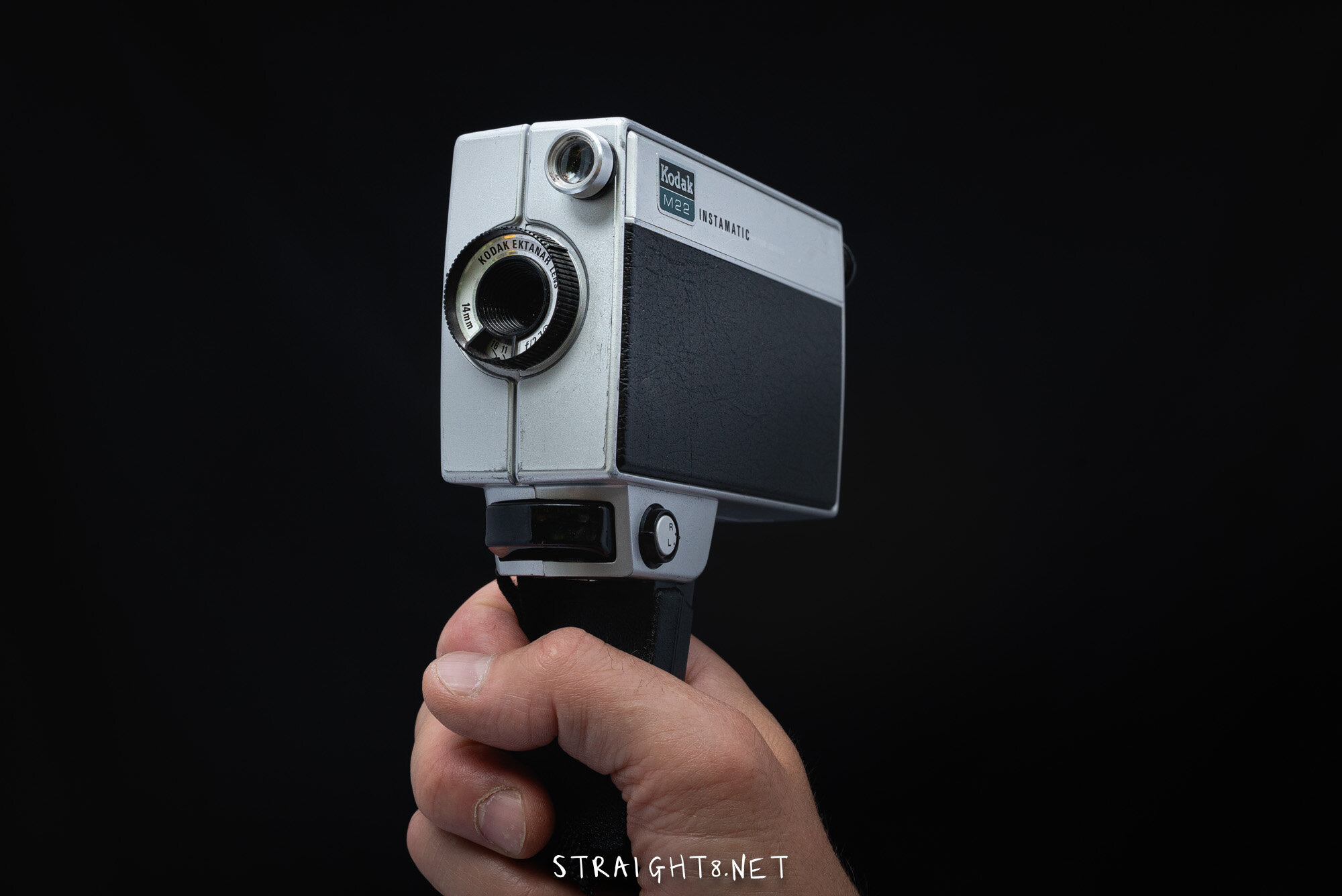super 8 tips
we’ve picked up a lot of super 8 tips over the years
and here are just a few of them - if you can think of anything else you want to know or you want to suggest, then tell us!
and click if you want to know more about super 8 cameras, film, or the straight 8 competitions
+ KEEP IT CLEAN
the edge of frame in your viewfinder will probably slightly smaller than the final scan. so your film will with a little more in frame than you saw through the viewfinder. very nice if it’s a wide shot of the scottish highlands, but not so great if someone is on the edge of frame holding a bit of kit - or worse picking their nose.
so check by eye that it’s all looking good a bit beyond your viewfinder frame.
+ ZOOM IN, GRAB FOCUS, RE-COMPOSE, SHOOT & REPEAT
get into the habit of doing this religiously before you pull the trigger for every single shot. super 8 film is too expensive and precious to waste with out of focus shots, and if you're making a straight 8 film even a bad shot ends up in your edit! the viewfinder often makes it look like everything is sharp and you can only tell if you zoom right into the part of your shot you want to be sharpest. - remember that focus is one fo the great photographic tools for storytelling, especially in moving image. it's why we have focus pullers! only once you're happy it's pin sharp, like a razor, should you zoom back out to the size you wanted. and of course OF COURSE if you or your subject move in the process, you need to start again! then you're ready to squeeeeeeze the trigger and roll film - assuming you're also happy about exposure!
+ IS THE VIEWFINDER ADJUSTED FOR YOUR EYE?
the viewfinder can usually revolve - you may have to undo a little locking screw to do so. you need to set this for your eye - with or without glasses etc. once you get the camera, not shot by shot! more info coming soon!
+ MINIMUM FOCUS
if the above two tips are followed and you still can't get it sharp it may be too close. every camera/lens has a mimnimum focus. time and time again we see an important shot - a wristwatch, a business card - which is crucial to the story telling and it's horribly soft. if you need to get a close up go further away, and zoom in. or you need a camera with macro ability for epic cinematic shallow focus ECU's (extreme close ups)
+ (Don't) think about the sync
most super 8 cameras don’t run at exactly the speed you set and worse still the speed drifts and varies as the roll winds. it's only usually a couple fps variation, but if you’re trying to be clever with timings or attempted sync this will wreak havoc with your masterplan. if sync is crucial find a crystal sync or lock camera. if you can!
although that won't necessarily fix things entirely as super 8 cartridges have a few blank frames at the beginning. some people say it's 6, but we reckon it varies slightly from cartridge to cartridge. so our advice is not to make a straight 8 that relies on perfect sync!!
+ Don't trust the film counter
we don't trust super 8 film counters - the dials that tell you how much film is left. we're sure some of them are accurate but we normally find the film has run out before the counter says it should. so, if you're shooting a straight 8, time each shot (the film lasts a total of 3m15s at 18fps) and shoot a slightly shorter film so you don't accidentally lose your killer reveal at the end because of a dodgy frame counter.
+ timing out your straight 8
it's hard to accurately time out a straight 8. most people use a stopwatch to time how long each shot took, some strap a phone to the camera so they can hear when it's running, others get a friend/assistant director to call start and stop at precise times, a few just wing it.
but whatever tact you do, human reaction times mean you'll probably run slightly out from what you're expecting. this is another reason not to shoot right up to 3m20s (see above), particularly if you have a key shot at the end.
another great tip to add, or something you want to know? email us your questions & recommendations
